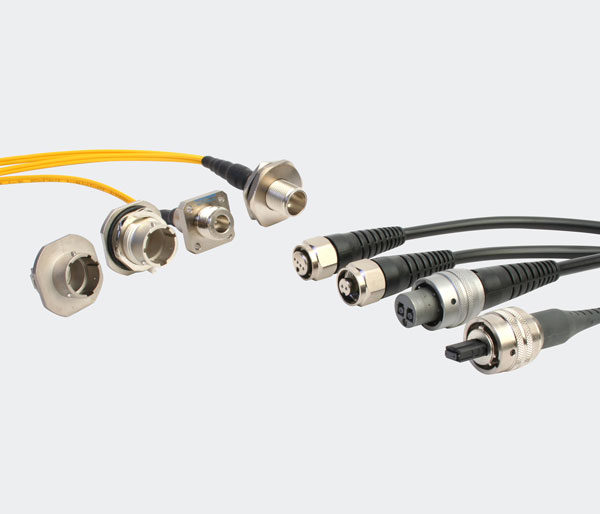According to the latest research of Counterpoint Research’s Emerging Technology Opportunity (ETO) practice, fixed wireless access (FWA) is becoming one of the main application cases of 5G New Radio (NR) architecture, and its development momentum is growing as a scalable alternative to fixed broadband rapidly. This study shows that FWA (4G + 5G) subscribers will rise from 4% of today’s consumer broadband market to nearly one-third of the home broadband market, and will exceed 450 million by 2030.
At present, less than half of households in the world can use fixed broadband, and households’ demand for fixed broadband has been suppressed. Counterpoint estimates that by the end of 2019, 45.1% of households worldwide have dedicated broadband access. If China and the United States are not included, this penetration rate will drop to 28%, indicating that there is still a lot of room for growth.
Commenting on this emerging trend, senior analyst Tina Lu pointed out: “Many of the pent-up broadband demand comes from the ‘Next Billion’ segment, which covers the majority of the unconnected population in both developed and emerging markets. In addition, COVID-19 has accelerated consumer demand for fast and stable broadband access beyond smartphones; existing broadband users also need to upgrade to faster networks; for many people, fiber optic and other fixed wired broadband connections are still far away. And therefore, the increased availability of FWA will enable communication service providers to provide broadband services to all corners of the world through 5G NR spectrum and network architecture.”
Tina Lu added: “Global consumers of 5G FWA connections will reach more than 50 million in 2025 and will increase to more than 450 million by 2030. North America and Asia will lead the 5G FWA subscriber base in 2020, accounting for 75% of the total connections. However, by 2030, Europe will have the largest 5G FWA installation base.”




